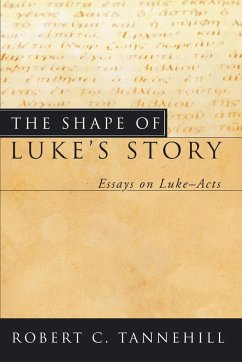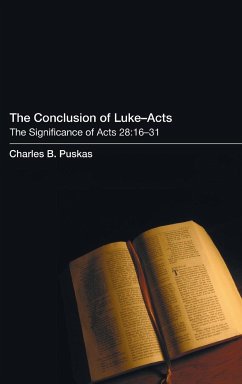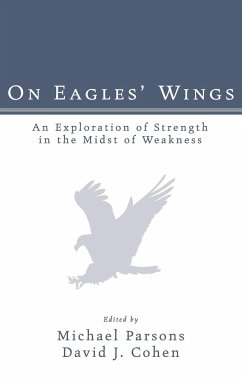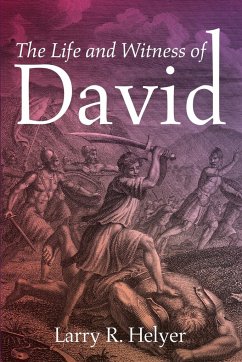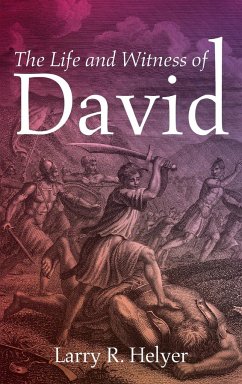In this stimulating analysis, Shipp provides the reader with an introduction and critique of literary-rhetorical analysis as well as an in-depth treatment of the triple account of Paul's Damascus Road experience in Acts. ""Luke used the repetition of the Damascus narrative as a literary device identifying Pauline disobedience and resistance and the transformation of these characteristics. With the first Damascus narrative, Luke provided the reader with a paradigmatic image of resistance transformed. . . . Luke used the Damascus narratives and these themes to bracket the Paulusbild, fashioning the trial narrative into an extended period of transformation of Pauline resistance. Beginning in 19:21, Paul resisted the leading of the Holy Spirit and his appointed location of witness. He was an intentionally forceful actor resisting God. God bound this intentionally forceful actor in chains. In this opening scene of the Paulusbild Luke included the second Damascus narrative (21:33--22:24a). The themes emphasized in the narrative were those of Saul intentionally resisting gospel expansion and God's subsequent overcoming of Saul. Saul was physically restored through Ananias but not fully transformed. He is not yet an empowered and intentionally forceful witness. At the end of the Paulusbild, as Paul is headed to Rome, Luke included the final Damascus narrative (25:23--26:32). Paul was headed to Rome, but not in the freedom intended by God. He remained in chains because of his own actions. Thus, his character was one of tension. The Damascus narrative that Luke included demonstrates Saul's intentionally forceful resistance to the gospel. However, the vacating of power and overcoming of Saul is suppressed, and the theme of the transformation of resistance to empowered witness is emphasized. Nonetheless, the character of Saul in the speech does not match the character of Paul in the narrative. Tension remains, but the projected direction of transformation is evident. Paul is headed to Rome. The 'vision of grace' has effected a transformation in Saul but not yet in Paul. If the trajectory of transformation continues, then Paul should once again be an intentionally forceful, empowered witness for the gospel when he arrives in Rome."" --from Chapter 5
Hinweis: Dieser Artikel kann nur an eine deutsche Lieferadresse ausgeliefert werden.
Hinweis: Dieser Artikel kann nur an eine deutsche Lieferadresse ausgeliefert werden.



